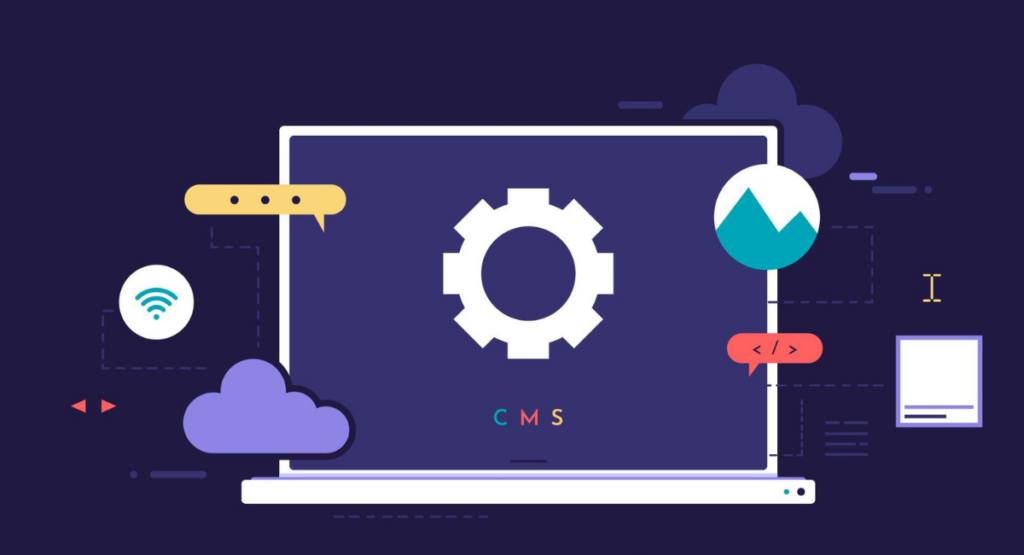In software testing, one of the most important techniques is equivalence partitioning, used for simplification of test case design and performance of efficient testing.
In using this technique, input data is divided into partitions, which include only equivalent data for the software module being tested. A partition may stand for a set of values that might be assumed to share similar characteristics and produce similar results.
Therefore, it is considered sufficient to test only one value from each such partition to check the correctness of the behavior of the entire partition.
Hence, testers will be more productive by grouping inputs into classes from which the software is expected to exhibit similar behavior, therefore reducing the total number of test cases without reducing the coverage of testing.
Understanding Equivalence Partitioning Testing

Definition of Equivalence Partitioning Testing
It involves partitioning the input data into groups of equivalent data from which test cases will be derived. This technique reduces the number of written test cases while maintaining enough coverage.
The following partitions, called equivalence partitions or classes, are identified in such a way that each partition will exhibit the same behavior.
Therefore, in theory, checking one representative value from every partition is sufficient for checking the whole partition.
Benefits of Equivalence Partitioning Testing
Implementing Equivalence Partitioning Testing in software development offers several key benefits:
- Reduction in test case volume: By dividing a large set of test conditions into smaller groups that are considered similar, the number of test scenarios can be greatly reduced.
- Increased test coverage: Despite the reduced number of test cases, equivalence partitioning ensures thorough coverage as each representative test case from a partition is expected to represent all other possible cases within the same group.
- Efficient defect identification: By focusing on the boundaries between partitions, testers are often able to identify more defects, as these boundary points are common places for bugs to occur.
- Time and cost efficiency: With fewer test cases to execute, the time and resources required for testing can be significantly lowered, leading to faster testing cycles at lower costs.
How Equivalence Partitioning Testing Works
Division of Input Data into Equivalence Classes
To effectively apply equivalence partitioning testing, input data needs to be divided into logical equivalence classes. Each class groups together sets of data that are expected to elicit the same type of behavior from the software system.
For example, in a field that accepts age, instead of writing separate test cases for each age, one might classify the ages into three classes: below 18, 18 to 65, and above 65.
Each of these classes represents a group of ages that would have similar handling in the system. The rule of thumb here is:
- If the system behaves similarly for a certain range or group of inputs, those should be in the same equivalence class.
- Equivalence classes can be based on input ranges, output ranges, or other relevant criteria.
Creation of Test Cases using Equivalence Classes
After defining the equivalence classes, the next step is creating test cases. Typically, one or two test cases are derived per equivalence class:
- Positive Test Cases: These are those test cases with test inputs that should result in a valid output. In the case of age, for example, a positive test could be ensuring access to an age-restricted site by entering the age as 30.
- Negative test cases: These deal with invalid or out-of-bound inputs. Extending the age example, a negative test would be to insert an age of 17 and verify that the system blocks the access accordingly.
Basically, such tests validate the normal and edge-case behaviors of the software in an effective way, maximizing the efficiency and effectiveness of the testing process.
Overview of Boundary Value Analysis
In the software testing technique of Boundary Value Analysis, values at the boundaries of input domains are given more priority.
Drawing from experience, this testing method has been based on the fact that errors tend to occur at the edges of the input range rather than in its center.
BVA ensures that proper testing of the boundary points is done, which includes maximum, minimum, just inside/outside boundaries, typical values, and error values.
This technique may be viewed as a complement to equivalence partitioning, in that it tests the edges of each partition.
Contrasting Equivalence Partitioning and Boundary Value Analysis
Although both Equivalence Partitioning and BVA are used to reduce the total number of test cases to be developed for software testing, their approach and focus significantly differ.
Equivalence partitioning involves dividing the input data into valid and invalid partitions, then generally testing one representative from each partition and assuming that all other values will behave similarly.
On the other hand, boundary value analysis focuses exactly on the ends of these partitions, catching common off-by-one errors that usually manifest at the transition points.
In effect, equivalence partitioning entails the process of identifying groups of values that enjoy similar qualities and should therefore yield similar results, while boundary value analysis is used in the discovery of the limits beyond which the system behaviors change.
Practical Examples of Equivalence Partitioning Testing

Equivalence Partitioning Example 1
Consider a case when a user is asked to input the number of hours he has worked in a week. Logically, this should be between 0 and 168 hours. This can then be partitioned into three classes using equivalence partitioning.
- Valid inputs: 1 to 168 hours
- Invalid input below the valid range: Less than 1 hour (e.g., -1, 0)
- Invalid input above the valid range: More than 168 hours (e.g., 169, 200)
By selecting a typical value from each partition (e.g., 10, 0, and 170), testers can efficiently verify the system’s response to both valid and invalid inputs without needing to execute numerous tests across the entire range of hours.
Equivalence Partitioning Example 2
Another example involves a discount coupon system where the discount applies only to purchases between $50 and $200. The equivalence classes here would be:
- Valid purchases: $50 to $200
- Purchases below the discount range: Less than $50
- Purchases above the discount range: More than $200
Choosing a representative test case from each category, such as a purchase of $75 (valid), $25 (below), and $250 (above), allows testers to confirm that the discount is correctly applied only within the specified range and not otherwise.
This simplifies testing and helps ensure the application functions as expected across different purchase amounts.
Book a Demo and experience ContextQA testing tool in action with a complimentary, no-obligation session tailored to your business needs.
Conclusion
Recap of the Importance of Equivalence Partitioning Testing
Equivalence Partitioning is one of the most prominent techniques of software testing, as it helps reduce test cases but covers maximum functionality.
In this method, the input data are divided into valid and invalid partitions to ensure correct application behavior for the two kinds of input.
This technique not only optimizes the effort of testing but also enhances the efficiency and effectiveness of the testing process, hence increasing quality of the resultant software product.
Final Thoughts on Improving Software Quality through Equivalence Partitioning
Enhancing software quality significantly depends on the methodologies applied during the testing phase. Equivalence Partitioning, by focusing on representative input samples from each partition, allows testers to identify potential defects efficiently.
This strategy is especially useful in large-scale projects with extensive datasets. Adopting Equivalence Partitioning can help organizations ensure that their software performs consistently under various conditions, ultimately leading to a more robust, reliable, and user-trusted product.
Also Read - What is defect priority?- Importance, Examples, and Management Strategies
We make it easy to get started with the ContextQA tool: Start Free Trial.
